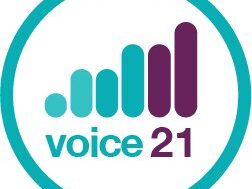Behaviour advice for new teachers Part 2
Managing behaviour is key to establishing a safe environment where pupils can learn. Behaviour itself however is highly complex and tied up with an individual’s social context and behavioural psychology.
As new teachers, you may have already begun to experience the diversityThe recognition of individual differences in terms of race, of individual behaviours, and you may have begun to gather a range of strategies to manage them. Beyond establishing routines and interventions for managing misbehaviours, it is important to establish a productive classroom environment that supports positive learning behaviours and establishes positive social norms.
Developing confident and effective habits for managing behaviour takes time; the Education Endowment’s (2019) report on behaviour in schools shows that a positive classroom climateThe social, emotional, intellectual and physical environment is directly linked to years of experience in the classroom. It is therefore important in the early years of teaching to begin establishing routines, practising positive habits, and seeking advice from colleagues who are experienced and expert in managing behaviour.
Whether you’re establishing behaviour management approaches for the first time or reviewing your existing strategies, take some time to reflect on the tips contained in this video that cover:
- Setting clear expectations from day 1
- Building relationships over time
- Being relentlessly bothered and following up on pupils’ behaviour


